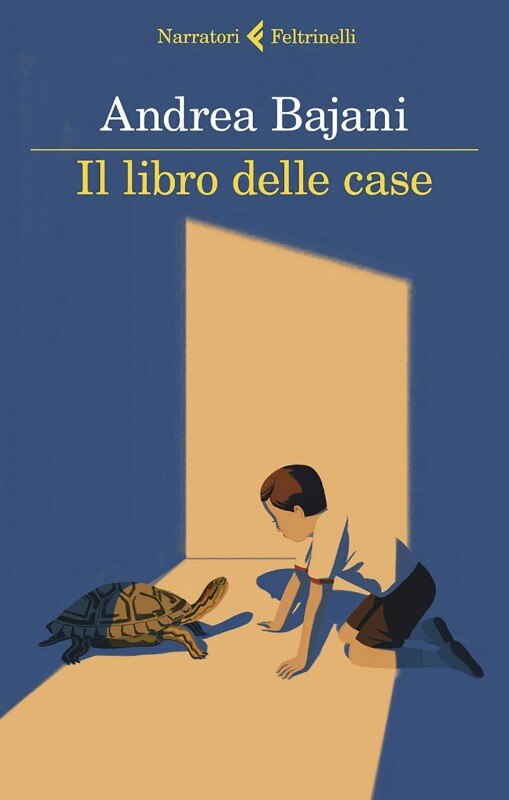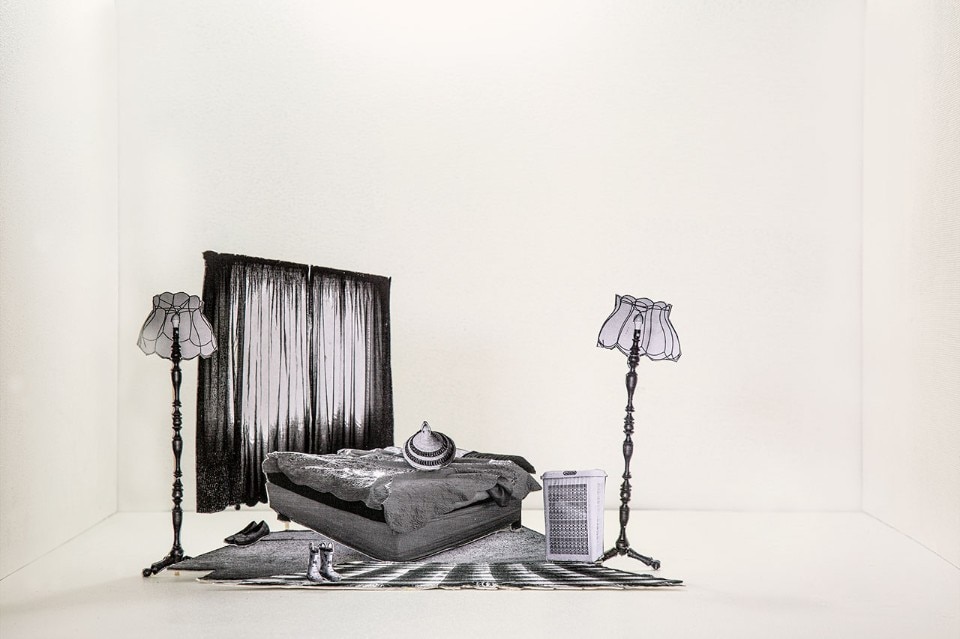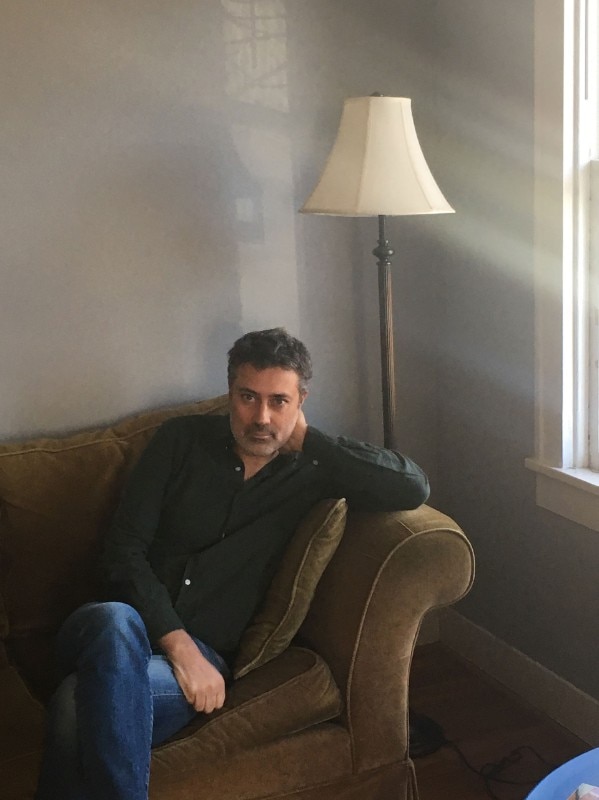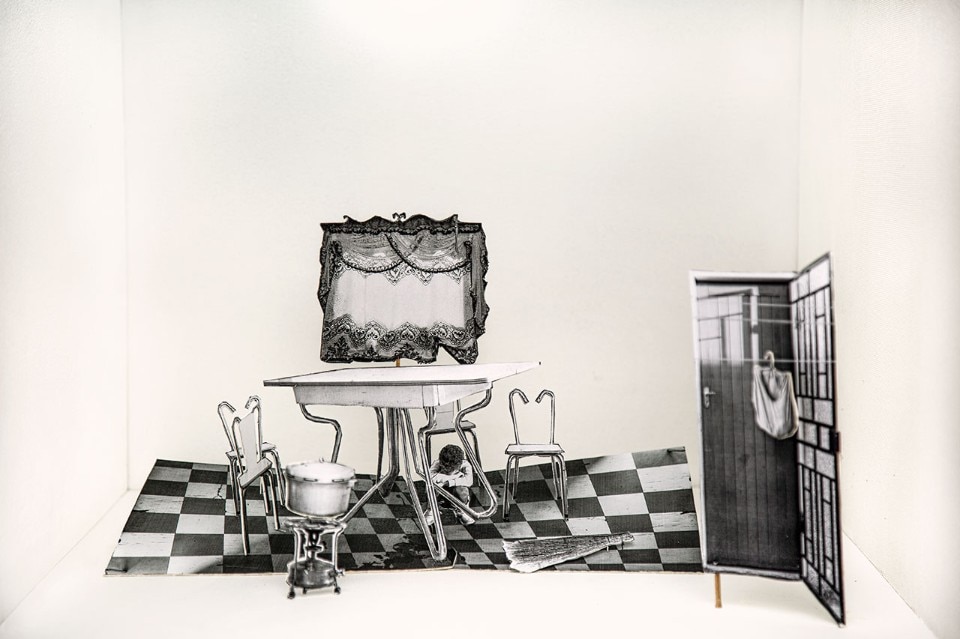Thinking back over all the houses you have been in to understand who you have become. This is what happens in the new novel by Andrea Bajani (1975), The book of houses (Feltrinelli, 2021), nominated for the Strega Prize this year (the Strega Prize is the most prestigious italian literary award, ed.). Chapter after chapter, house after house, the protagonist's life unfolds through a long list of all the houses he recalls. Each one is given a short story (in some cases, more than one) that is clinically poetic, where walls, corridors and furnishings are the protagonists.
Like the rooms in the building at number 11 on the imaginary Rue Simon-Crubellier, a great literary invention of George Perec (Life: A User’s Manual), Bajani's houses are pieces of the puzzle of life: they impassively witness love and passion, betrayal and resentment, mourning and separation. The houses - but also the lifts, telephone booths, cars and windows - observe, listen to and sometimes comfort the protagonists. They are real or interior, imaginary or metaphorical. After all, as the Canadian Nobel Prize winner Alice Munro wrote, “A story is not like a road to follow, it's more like a house. You go inside and stay there for a while, wandering back and forth and settling where you like and discovering how the room and corridors relate to each other”.
Let's get straight to the point: are we the houses we inhabit?
Deep down, I think we love houses that offer us the story that resembles us most, and offer us the chance to be the protagonist. When we see a house for the first time, when we visit it and decide whether to rent or buy it, or even when we enter someone else's home, we instinctively try to fit in, to imagine ourselves within those walls, behind those windows, in front of that view. Which means, precisely, that there is a story opening up before us and asking us to walk inside. And by nature of things, when we accept to be part of it, all the other actors involved will condition us.

There are also some metaphorical houses in the book. But never public places. What was the decisive factor in the definition of “home”?
To answer this question, I must apparently contradict what I‘ve just said. I think that for me ‘home’ is the place where we are what we are without spectators, that is, without the version of us that we choose for others. This is why there are people-homes, streets-homes, objects-homes. The clearest example of home for me is friendship (in fact there are three houses of friendship in the book): I ask my home to be like my best friend. Not to judge me, to listen to me, to talk to me, to make me laugh, to offer me a thoughtful silence when I cry.

“The city chases the countryside with its bulldozers. Then it plants grass in the flowerbeds in memory of the cultivated fields...”, “Purgatorial town planning with green spaces and playgrounds...”, “I know nothing of the neighbourhood except the way out...”, “Building bulimia raging in the neighbourhood...”. Do the Italian suburbs need to change? How?
This is a question I cannot answer, or rather I don't think I have the necessary tools. Also keep in mind that I am answering you from Houston, Texas, where I live at the moment. So provincial Italy is perhaps the one I am most nostalgic about. Observed from the perspective of ruthless Texan gigantism, the Italy built by surveyors in the provinces appears to me as the most poetic and poignant of alternative lives.
The language of the book is poetic and technical at the same time. How did you manage to be so precise without being an architect?
A writer I loved very much, Octavio Paz, said that there is poetry in a landscape, in a look, in an object. And poets, who only have words, do this: they rub words together until they produce that sense of poetry that in reality is available to everyone.
An architect or type of architecture you admire?
It also varies a lot depending on the stages of my life. But I know that when I walk into the Menil Collection here in Houston, and I walk into this very simple building designed by Renzo Piano, every time I feel what architecture is. It is that specific silence, it is that specific void that I would like to walk in forever. It is that invisible that I can measure in steps, just as literature is the invisible that changes our gaze. From inside that void designed by Renzo Piano, Rohtko, Magritte, Mondrian look at me, they wave their arms, but what I take home every time is that absence so full of meaning.
In the book, a lift “observes” fragments of the characters' lives, from its secluded position. Should we pay more attention to the anonymous things and non-places around us?
We should at least know that we are in touch with things and places. And that we can't get away with simply thinking that if we don't look at them, they don't exist. Like people who do not look at others, do not greet, do not thank, do not notice the gesture of another. We make the choice to be like that. Which for me amounts to an impoverished life, as well as a certain lack of generosity.
During the last year, we have spent a lot of time at home and have had to adapt inside spaces that are often not adequate. Has your relationship with the house changed?
It has been a year that has, in fact, removed from the home what makes it a home: the inside/outside dialectic. The home is sometimes a refuge and sometimes a prison precisely because of its relationship with the outside. By removing the outside, the pandemic has humiliated the home, in a way, because it has asked them for more than they could give. It asked them not to be the alternative to the outside world, but to be the whole world. And being in a relationship with the house, as I said earlier, the relationship inevitably became obsessive, ending up by overwhelming us.
How did you experience the lockdown?
I had the good fortune and the bad fortune to live this period in the United States, where everything was at the same time more ferocious and more human: thanks to the vastness of Texas, we never stopped going out, keeping our distance.
Is there an author, a book, a film that has influenced or inspired you for this novel?
Not strictly speaking. But I often thought of Milan Kundera's novels when I was writing, and of that first literary love. When I was 18, I discovered that you could write a story that was both fragmented and exciting. I did not know that, and his idea of a polyphonic novel blew me away. Writing this novel, and writing it in this way, was also a form of repayment.
What is the name of the house you live in now?
Our house, as our son calls it. We just moved in, our son is still disoriented, so we told him it was our house, which is like saying the real home is and always will be us. With or without walls around us.

Opening Image: Lebohang Kganye, He could hear the voices of his ancestors, 2020. From the series: In Search for Memory.
Artist and photographer, Lebohang Kganye (Johannesburg, 1990) is the winner of the Grand Prix Images Vevey 2021 with Staging Memories, a development of the series In Search for Memory. In this series she interrogates the human need to preserve and remember shared narratives. In September 2022, Lebohang will conceive a large three-dimensional installation for Images Vevey.


